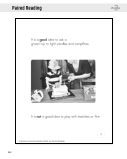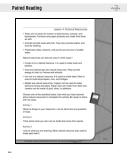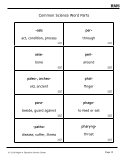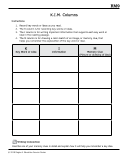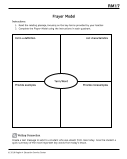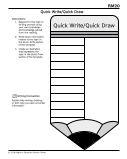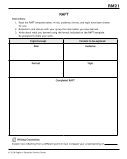Reading in Science Reading like a scientist requires students to simultaneously perform many tasks and skills. Students must read and decode the words on a page, integrate background and life experiences, monitor comprehension, and synthesize information as they read. Reading strategies promote comprehension of the science text through guided interactions between the reader and the text. Listening and Speaking in Science Thinking like a scientist is a skill that develops over time and can be strengthened through interactions with peers. Literacy skills are strengthened as students work in with each other. Embedding speaking and listening in reading strategies allows students to share ideas and actively participate in reading comprehension, which contributes to experiences that promote speaking and listening. Writing in Science is a way to process information. The act of writing about a topic or process often helps writers clarify their ideas and identify gaps in understanding. Examples of writing tasks in the science classroom may include summaries, descriptions, illustrations, examples, statistics, details from a lab, comparisons of topics, and detailed instructions. In the science classroom, writing often involves quick, informal tasks designed to help students interact










































































































































































































































































